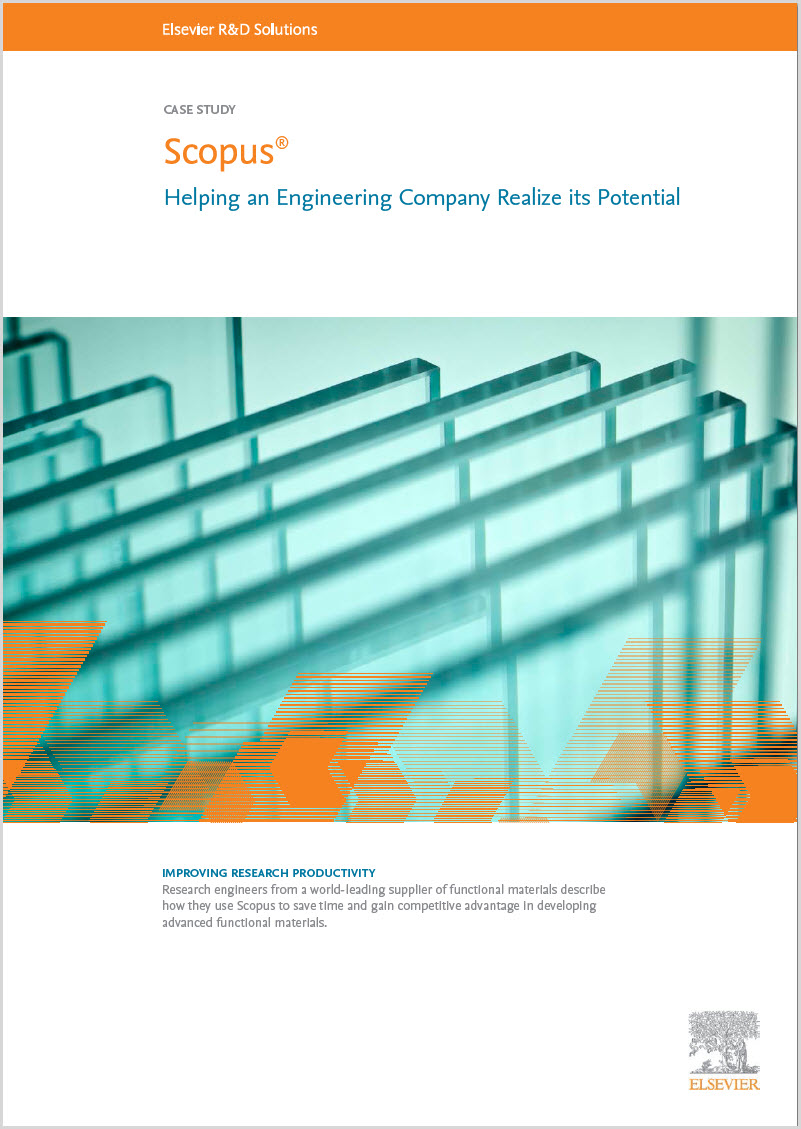

C4d has been identified on surfaces of normal erythrocytes, T and B lymphocytes, and reticulocytes. The aim of these sessions is to stimulate interest and inspire young adults in STEM subjects and mental health research.The long history of clinical use of C3 and C4 for the clinical management of patients with lupus, the suboptimal utility of the assays and advances in our understanding of the complement system have led to investigation of Cell-Bound Complement Activation Products (CB-CAPs) as potential biomarkers for a lupus diagnosis.ĬB-CAPs were recognized as a potential source of lupus biomarkers for several reasons, one of which was the observation that soluble CAPs might be rapidly hydrolyzed in the circulation or absorbed by cells and/or tissues, making them short lived. In addition, I regularly lead practical sessions on the use of VR in mental health research for groups of secondary school students from south London.


I have since exhibited the VR work at several similar events, including London Science Museum Lates (July 2018) and New Scientist Live (September 2018). Our work in VR was selected to be part of the 2017 Royal Society Summer Science Exhibition. The exhibit, which we entitled ‘eMental Health for the iGeneration’, emphasised over 6 days and to an estimated 14,000 visitors, the advances in technology that allows the assessment and alleviation of symptoms along the continuum of mental illness. The display attracted a large amount of interest and media coverage, including from Sky News ( link) and the BBC ( link). case-control studies, bias, confounding & interactions) the use of VR in the assessment of mental ill-health and social psychiatry. She also coordinates and teaches on the annual Short Course in Epidemiology and Statistics in Mental Health Research. The combined role of adverse life events and protective factors on the onset of mental health problemsĬharlotte contributes to teaching on numerous MSc modules across the IoPPN, specifically on epidemiology (e.g.Virtual reality for the assessment of mental health.Epidemiology, and social influences on the aetiology, of psychoses.More specifically, Charlotte has designed, and employing in her research, an immersive Virtual Reality (VR) application, to understand the social and psychological risk factors for paranoia in adolescents, and explore why some young people will develop mental ill-health in the face of adversity, and others will not. You can see more about this work here: Ĭharlotte joined the Institute of Psychiatry, Psychology & Neuroscience as a Research Assistant in 2009, and has held various roles at the institution since. Her PhD, obtained in 2013 at the IoPPN, focused on the combined role of childhood adversity (abuse, socio-economic disadvantage, etc.) and protective factors (social support, etc.) in the development of psychotic disorders. She is currently involved in REACH - a cohort study exploring risk and resilience factors for mental ill-health within a large sample of over 4000 adolescents in south London EU-GEI – an international case-control and incidence study of patients with a first episode of psychosis in six European countries and Brazil and the CAPsy study, a London-based first-episode case-control study investigating the role of childhood adversity in the development of psychotic disorders.Ĭharlotte is a member of the Social Epidemiology Research Group, the Virtual Reality Lab, and the Digital Economy Crucible 2019, a UK-wide multi-disciplinary leadership programme for Early Career Researchers. Charlotte is a Peggy Pollak Research Fellow focussing on understanding the role of the social environment and adversities as predictors for the development of mental health problems, in particular psychosis and psychotic-like experiences, in adolescents.


 0 kommentar(er)
0 kommentar(er)
